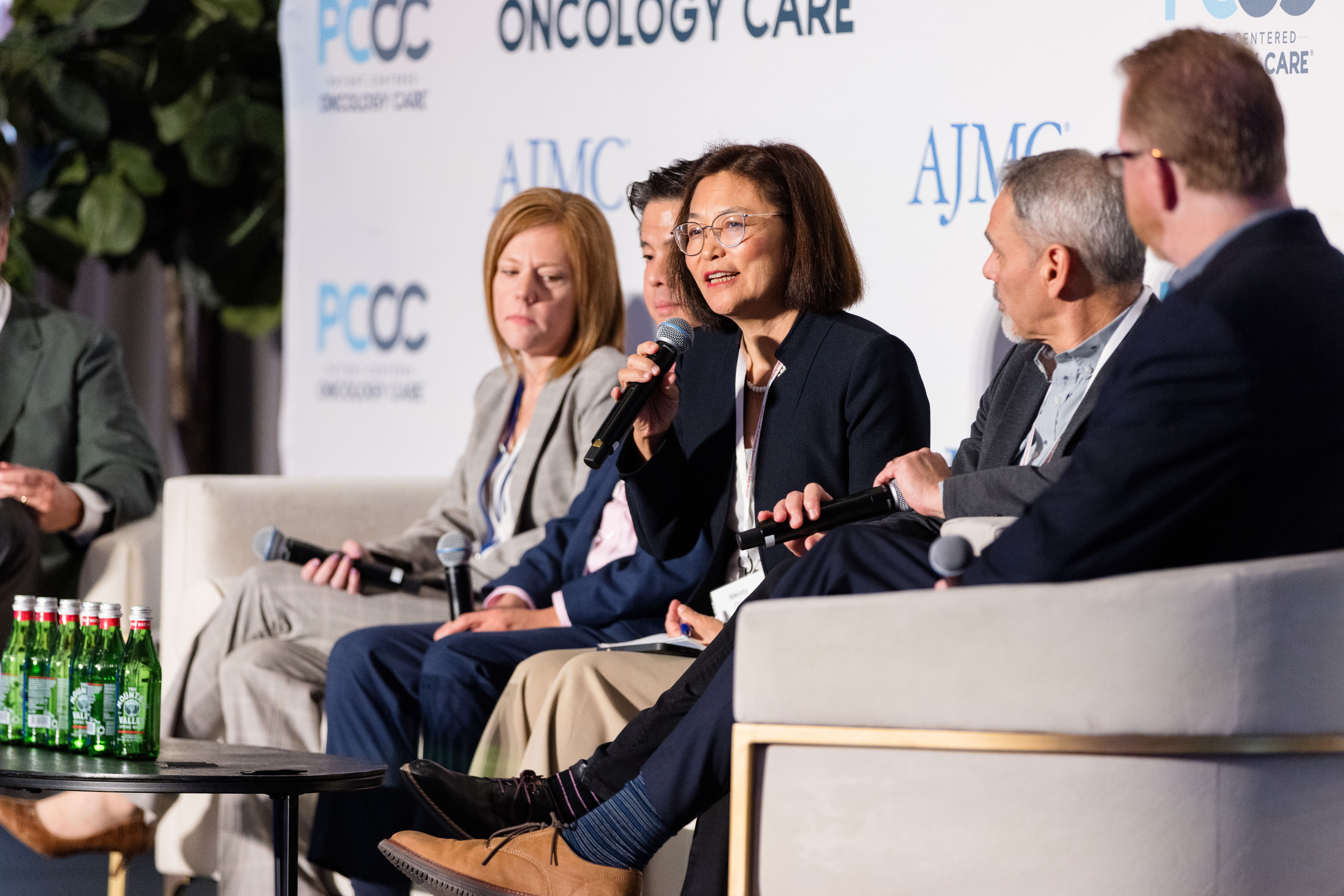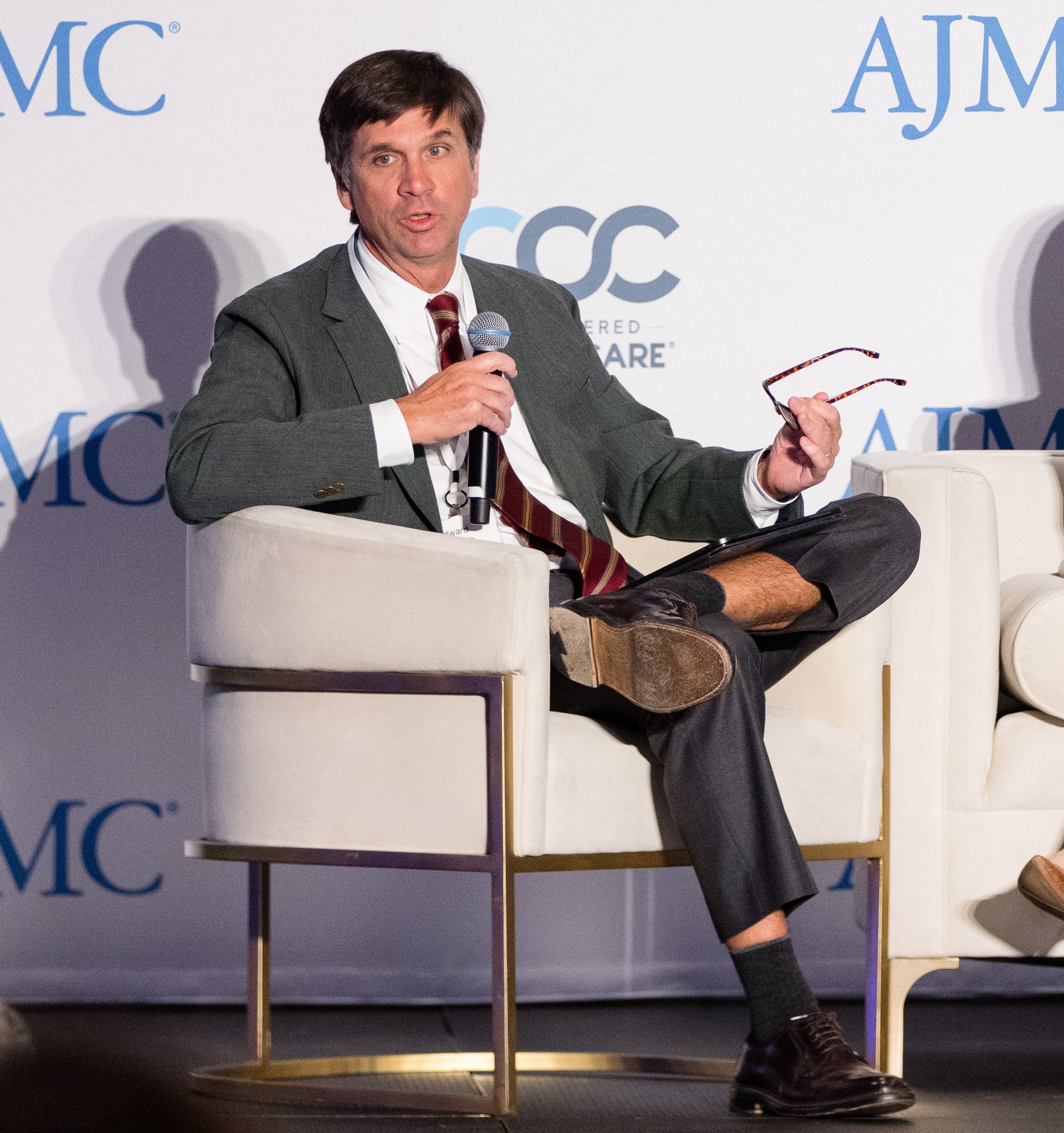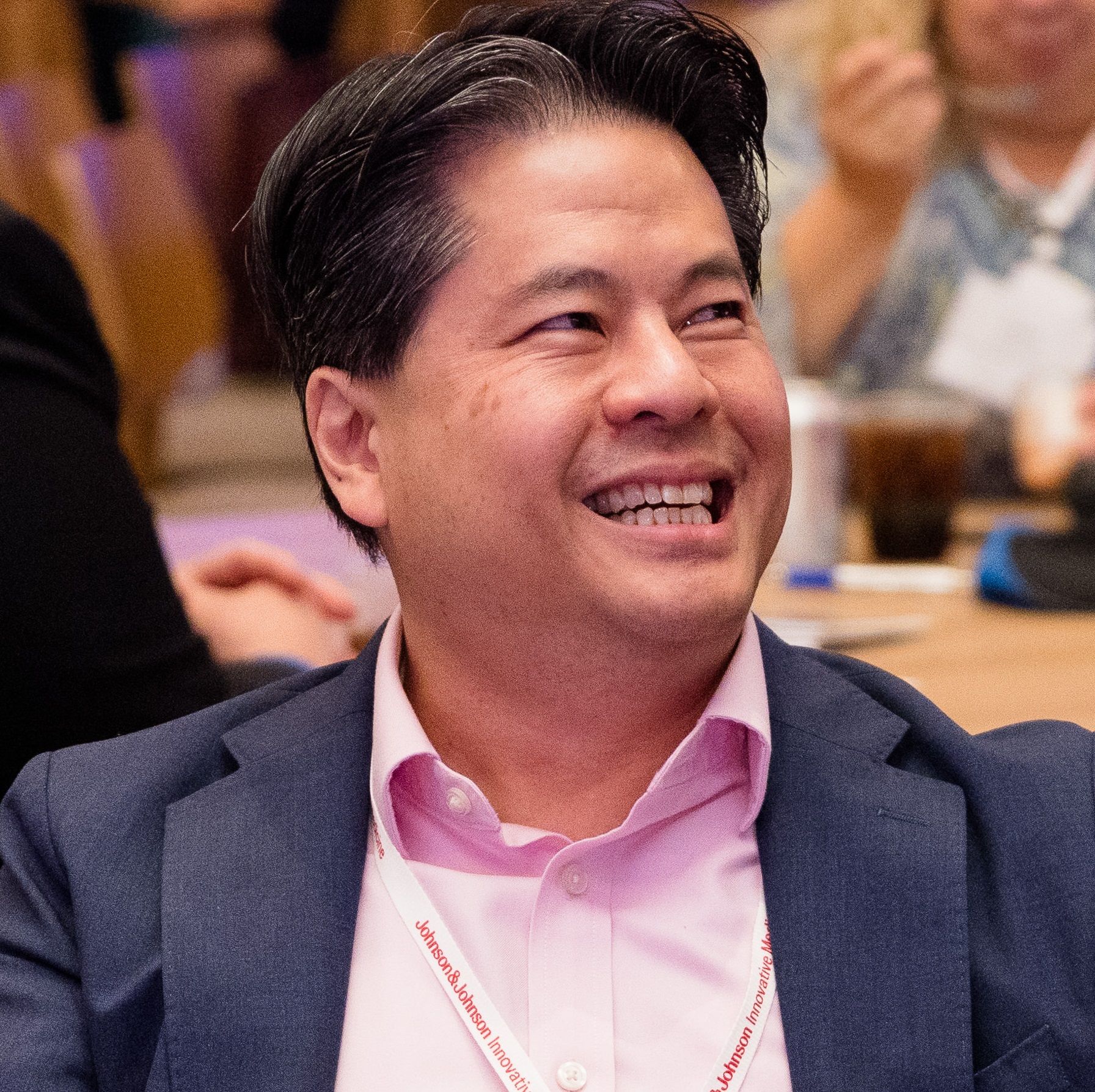- Center on Health Equity & Access
- Clinical
- Health Care Cost
- Health Care Delivery
- Insurance
- Policy
- Technology
- Value-Based Care
Clinical Pathways Must Be More Dynamic as Oncology Care Evolves Faster
Pathways have been an important tool to get the right treatment to the right patient at the right time, and as cancer treatment options continue evolving faster and faster with new FDA approvals, pathway processes need to become more dynamic.
During a panel discussion at The American Journal of Managed Care’s Patient-Centered Oncology Care® meeting, experts discussed strategies for keeping clinical pathways fresh and dynamic, the challenges of payer pathways, cost considerations, and the impact of accelerated drug approvals on clinical decision-making.
At OneOncology, which continuously has new practices joining, getting participation from every practice helps to ensure new voices are part of the clinical pathways process, explained Lisa Raff, PharmD, BCPS, BCOP, vice president of Pharmacy Services, OneOncology. The network has 5 oncology disease groups that meet to determine and update clinical pathways through “a pretty organic process.”
At Dana-Farber Cancer Institute, the pathways committee tries to democratize the discussion by using slides in the meetings to ensure the few people who are investigators on a trial don’t monopolize the discussion, said David M. Jackman, MD, medical director for Clinical Pathways and New Business Initiatives, Dana-Farber Cancer Institute.
Melody Chang, RPh, MBA, BCOP, makes a point during the clinical pathways discussion. | Image credit: Greg Smit for AJMC

Physicians who are a part of the American Oncology Network (AON) have an opportunity to participate in something related to pathways: formulary development. A well-structured formulary helps make pathway development easier, said Melody Chang, RPh, MBA, BCOP, vice president of Pharmacy Operations, AON. The pharmacy and therapeutics (P&T) committee is open to any provider in the network to discuss the drugs that need to be on formulary.
Similarly, at Florida Cancer Specialists & Research Institute (FCS), the P&T committee is open to not only clinicians but also the payer and managed care teams to discuss whether a certain drug should be put on formulary, said Paul Chadwick, chief value and procurement officer, FCS.
Keeping Up With Innovation
“Our goal is to meet every 2 weeks,” Chadwick said. “Oncology moves way too fast to have a quarterly [P&T meeting], and we’ve actually had a number of people raise their hands and really help bring therapy to patients quicker.” He gave an example of when the National Comprehensive Cancer Network (NCCN) guidelines were updated in the morning, the pharmacy team presented slides to the P&T committee in the afternoon, the formulary was built in the evening, and a message went out to the practices that night.
“Having a team that works together, that is cohesive, is really important, and it’s important to give those newer participants a voice so that they can push something forward if they think it really needs to be brought forward, or they can raise an objection or a challenge or an opportunity for us to have overcome if they see something from their seat,” Chadwick said. “So, [it’s] not as easy as it sounds, but I think the cadence of it is important.”
His colleague at FCS, Gustavo A. Fonseca, MD, FACP, physician director of Clinical Research, discussed integrating clinical trials into the process. At FCS, there are disease leaders in different cancer types who share protocols and help make decisions about clinical trials being proposed to FCS.
Bringing Consistency Across Practice Sites
Bringing new treatments into pathways involves more than just making the decision if a new drug should be added, Jackman said. Forinstance, when tarlatamab was granted accelerated approval,1 there was a discussion of how to deal with monitoring via inpatient or prolonged outpatient stays. Also, when a new approval happens, is the treatment enough of a game changer that it should be discussed and added immediately, or can it wait until the next scheduled meeting?
Raff added another question about tarlatamab and newly approved therapies: How should they be sequenced? Once that decision is made, all practices in OneOncology have to roll out the decision and make it work for their location, whether it’s in Tennessee or California. Having a buy-in from the physicians is important t ensure they stay adherent to the pathways. She said OneOncology strives for an 80% adherence rate, which just about all its practices are meeting.
Effective communications and continuous education are also needed to increase adherence, Chang said. And the pathway has to be user-friendly, because if it’s a struggle to use, the physician is going to give up. Chadwick agreed, adding that if the pathway is just there to tell the physician what’s on the preferred pathway, it’s not as effective as it can be if it’s also an educational tool.
How Pathways Deal With Drug Shortages
Dealing with drug shortages has been a challenge for pathways committees, said moderator Edward "Ted" Arrowsmith, MD. | Image credit: Greg Smith for AJMC

However, the work of creating formularies and pathways can be undermined by drug shortages. Moderator Edward R. “Ted” Arrowsmith, MD, MPH, executive vice president of Quality and Clinical Operations, Physician Services, and Therapeutics at Tennessee Oncology and medical director of the Pathways Program at OneOncology, called the recent cisplatin and carboplatin drug shortages “by far the most difficult time in my couple decades of working on the P&T side.”
In 2023, NCCN found almost 70% of its institutions experienced shortages of cisplatin and carboplatin.2 The institutions surveyed were big, academic centers, and the impact can be more profound for rural practices, Chang said. AON’s P&T committee starts every agenda by talking about drug shortages.
“Imagine we have to track all the drug shortages and then take action,” she said. The P&T committee has a drug shortages subcommittee that focuses on the rural areas in need and strategically allocates drugs to help these practices deal with the challenge of shortages. The subcommittee also provides guidance on substitutions, dose rounding, and sequencing that will extend the available inventory, and it also works with the procurement team to find alternative sources.
Another challenge is dealing with payer-directed pathways, which Chang said lack flexibility, which is difficult because “oncology care is very, very personalized.” Sometimes a physician may decide that treatment off pathway is in the best interest of the patient, but they’ll face a penalty.
When Payers Lag Behind
Payer pathways also aren’t evolving as fast, Chadwick noted. While FCS is having pathways discussions every 2 weeks because of how fast oncology moves, payer partners might only be making decisions once a year. Most payers though will recognize that if it’s on the NCCN guidelines, it should be covered.
“But that doesn’t help when our physicians come back from a conference, and they’ve just seen a standing ovation [for a data presentation],” he said. “And it just takes some time for these things to be FDA approved or [put on] NCCN [guidelines], and [the physicians] all want to use it.”
With the pace at which oncology is moving with new data and new approvals, pathways will help keep busy clinicians up to date, Fonseca said. He recently found out about a new agent for astrocytomas with an IDH mutation. He sees very few patients with this disease each year, but he can see the drug on the pathway. Similarly, when there are multiple drugs available that have equivalent clinical effectiveness, the pathway will be able to recommend the drug that has a lower burden or out-of-pocket cost for the patient.
David Jackman, MD, of Dana-Farber enjoys the networking hour ahead of the first day of PCOC. | Image credit: Greg Smit for AJMC.

Jackman added that for payers to take institution and practice pathways seriously, then physicians need to be more intentional about considering costs, and Dana-Farber’s pathways also bring costs into the equation. There are limitations, but he wants his physicians to think about costs and not just what the new regimen is.
“…[S]omebody’s got to be thinking about cost, and if we want a seat at that table, then it’s got to be us, and we’ve got to be playing by some sort of rules around cost,” Jackman said.
References
1. FDA grants accelerated approval to tarlatamab-dlle for extensive stage small cell lung cancer. News release. FDA. May 16, 2024. Accessed November 8, 2024. https://www.fda.gov/drugs/resources-information-approved-drugs/fda-grants-accelerated-approval-tarlatamab-dlle-extensive-stage-small-cell-lung-cancer
2. Ryan C. Majority of US cancer centers report shortages of cisplatin/carboplatin chemotherapy. OncLive. June 7, 2023. Accessed November 8, 2024. https://www.onclive.com/view/majority-of-us-cancer-centers-report-shortages-of-cisplatin-carboplatin-chemotherapy

